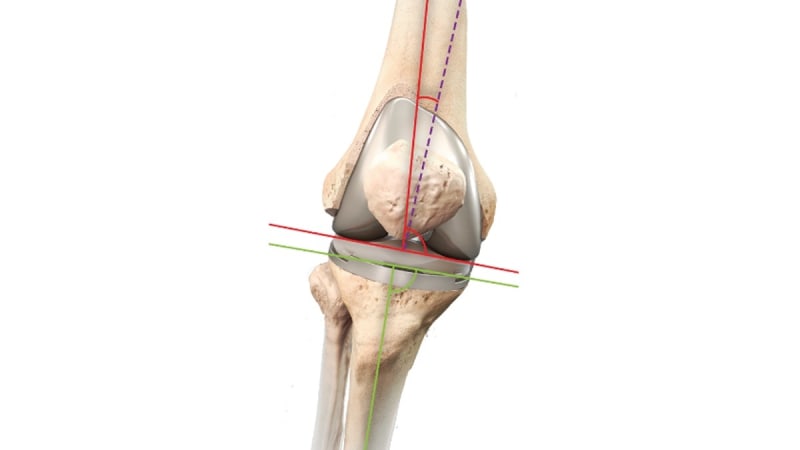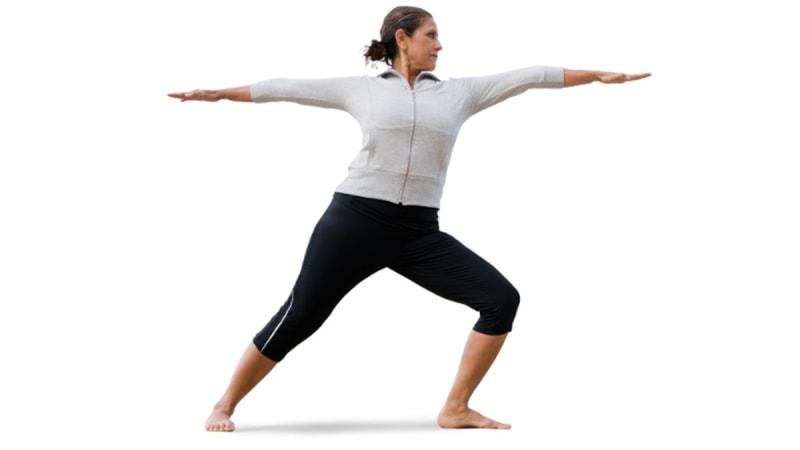A UNIQUE APPROACH
Used together, the ATTUNE™ Knee and Patient-Specific Alignment Techniques are designed to preserve the soft tissue envelope and reduce the requirement for soft tissue releases, helping to restore stable knee motion and improve patient satisfaction after total knee arthroplasty (TKA).
Patient Specific Alignment (PSA) is a surgical technique that, together with the ATTUNE™ Knee System, aims to restore natural knee function by preserving the soft tissue surrounding the knee joint during total knee arthroplasty.
RESTORING NATURAL KINEMATIC MOTION
PSA + ATTUNE™ Knee
The native knee is seen to be stable medially, and roll back laterally, however free to move posteriorly on the medial side in high flexion.6
Multiple in vivo studies have demonstrated ATTUNE™ Knee to exhibit similar medial stability to native knee, also allowing the freedom to roll back in high flexion.7
Using PSA alignment in combination with the ATTUNE™ Knee allows surgeons to restore soft tissue function & native anatomy within tested boundaries.
Multiple in vivo studies have demonstrated ATTUNE™ Knee to exhibit similar medial stability to native knee, also allowing the freedom to roll back in high flexion.7
Using PSA alignment in combination with the ATTUNE™ Knee allows surgeons to restore soft tissue function & native anatomy within tested boundaries.
Ready to integrate our solutions into your practice, or just want to learn more about our products? Contact us to get started.
Want to learn more? Visit our Contact page for more information.
References
- Kang KT, Koh YG, Nam JH, Kwon SK, Park KK. Kinematic Alignment in Cruciate Retaining Implants Improves the Biomechanical Function in Total Knee Arthroplasty during Gait and Deep Knee Bend. J Knee Surg. 2020 Mar;33(3):284-293
- Dossett, et al. Is the Function of Kinematically Aligned TKA Better Than Mechanically Aligned TKA? Results of a Two-Year Randomized Control Trial. Bone Joint J. 2014 Jul;96-B(7):907-1
- Howell S, et al Implant Survival and Function Ten Years After Kinematically Aligned Total Knee Arthroplasty: Journal of Arthroplasty (2018)
- Gunaratne R, Pratt DN, Banda J, Fick DP, Khan RJK and Robertson BW (2017). Patient Dissatisfaction Following Total Knee Arthroplasty: A Systematic Review of the Literature. The Journal of Arthroplasty, 32(12), pp.3854–3860.
- Parvizi J, Nunley RM, Berend KR, Lombardi AV, Ruh EL, Clohisy JC, Hamilton WG, Della Valle CJ and Barrack RL (2014). High Level of Residual Symptoms in Young Patients After Total Knee Arthroplasty. Clinical Orthopaedics & Related Research, 472(1), pp.133–137.
- P. Johala,*, A. Williamsa, P. Wraggb, D. Hunta, W. GedroycbTibio-femoral movement in the living knee. A study of weight bearing and non-weight bearing knee kinematics using ‘interventional’ MRI. J Biomech.2005 Feb;38(2):269-76. 7. AdrijaSharma , Thomas K. Fehring, William L. Griffin , J. Bohannon Mason. In Vivo Kinematic Performance of Gradually Variable Radius PS Primary TKA J Arthroplasty.2020 Apr;35(4):1101-1108.
EOS # 171634-220722 DSUS/EMEA © DePuy Synthes 2022. All rights reserved.
Please refer to the instructions for use for a complete list of indications, contraindications, warnings and precautions.
Product(s) may not be commercially available in all markets. This content may not be used externally in those markets where regulatory approval has not been granted for all the products referenced.




